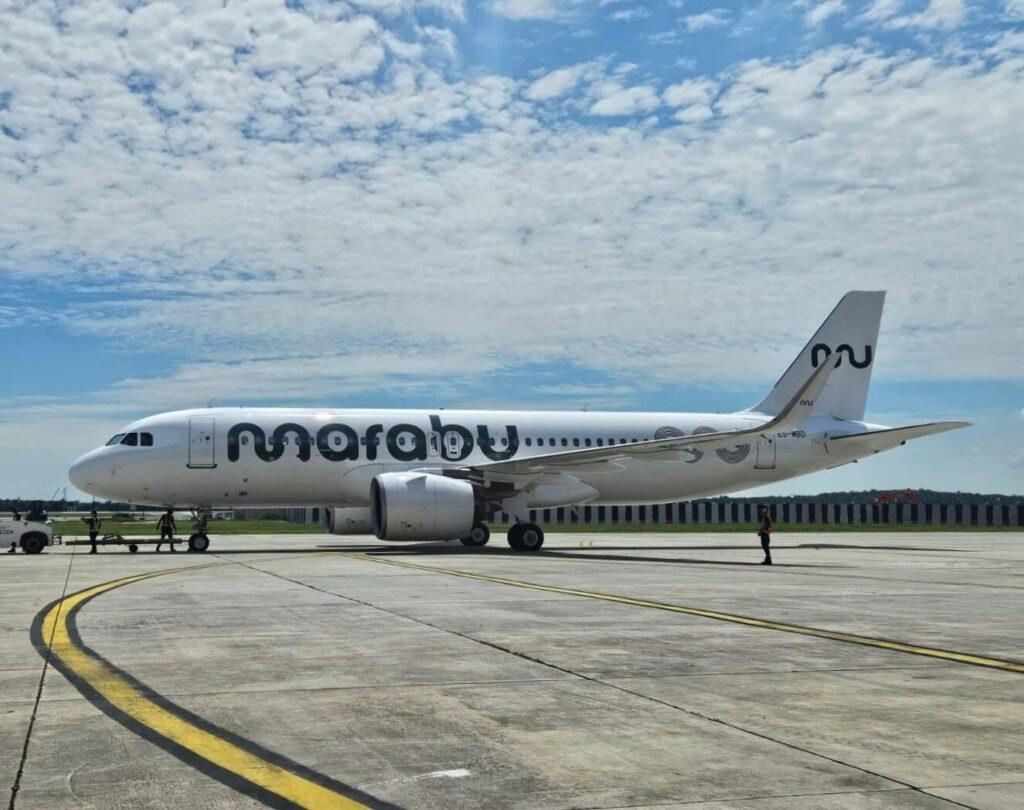
AeroGenie — 您的智能副驾驶。
热门趋势
Categories
Legacy Manufacturing Integrates Advanced AAM Technologies

Legacy Manufacturing Integrates Advanced AAM Technologies
Michigan is capitalizing on its rich automotive heritage, geographic advantages, and strong educational institutions to advance a coordinated strategy in Advanced Air Mobility (AAM). This initiative positions the state as a national frontrunner in unmanned aerial systems and electric aviation. Recent practical demonstrations, such as Traverse Connect’s drone monitoring of shoreline and water quality over Lake Michigan, highlight Michigan’s commitment to applying AAM technologies in real-world scenarios.
Building on a history of industrial adaptability—from automotive leadership to wartime production and rapid pandemic response—the state is now transforming its manufacturing expertise to meet the demands of aerial mobility. Justine Johnson, Michigan’s Chief Mobility Officer, remarked, “Diversification is something this industry knows how to do very well. That legacy positions Michigan to anchor future mobility—this time in the skies.”
Building a Statewide AAM Ecosystem
At the core of Michigan’s AAM strategy is Executive Directive 2025-4, which establishes a comprehensive, government-wide initiative led by the Office of Future Mobility & Electrification (OFME). This directive coordinates efforts across multiple agencies, including the Michigan Department of Transportation (MDOT), Michigan Economic Development Corporation (MEDC), Labor and Economic Opportunity (LEO), Department of Military and Veterans Affairs (DMVA), and aerospace development offices. The directive focuses on expanding infrastructure, enabling beyond-visual-line-of-sight (BVLOS) flight corridors, enhancing defense testing capabilities, developing the workforce, and aligning procurement and policy frameworks with AAM requirements.
Johnson emphasized the collaborative nature of the initiative, stating, “We’re putting our hands up as a state and saying: Michigan is ready. This directive brings all the right players to the table—from workforce to testing infrastructure to commercialization pathways.”
Seeding Growth with the AAM Activation Fund
The AAM Activation Fund, launched in 2024, supports market-driven pilot projects that demonstrate practical applications of AAM and help assess regulatory and economic viability. The initial funding round allocated over $6 million to four projects, including the deployment of BETA Technologies’ Charging Cubes at four airports, central-region BVLOS flight trials, Skyports’ ship-to-shore drone logistics on the Great Lakes, and Traverse Connect’s rural healthcare drone delivery tests.
A subsequent funding round in July 2025 provided an additional $4.1 million to initiatives such as CVS Health’s medication delivery trial, Jack Demmer/DroneUp’s automotive logistics pilot, the University of Michigan’s “M-Air” innovation hub, and further expansion of Traverse Connect’s operations. Johnson noted, “That kind of deployment speed is what makes Michigan competitive. We’re not just talking—we’re cutting ribbons.”
Electric Aircraft Charging Infrastructure
In May 2025, Lansing’s Capital Region International Airport unveiled Michigan’s first state-funded BETA Charge Cube, a UL-certified 320kW charger capable of powering both electric vertical takeoff and landing (eVTOL) aircraft and ground electric vehicles in under an hour. Similar installations are underway at West Michigan Regional, Cherry Capital, and Willow Run airports, creating an electric mobility corridor that spans the state.
Industry Partnerships and Market Momentum
Michigan’s legacy manufacturers are actively embracing AAM technologies. GE Aerospace’s $300 million investment in BETA Technologies to develop hybrid electric aviation exemplifies the growing momentum within the sector. Despite the inherent “chicken-and-egg” challenge of simultaneously scaling AAM infrastructure and demand, market responses have been encouraging. Competitors are increasing research and development efforts and forming new partnerships, signaling a broader industry shift toward electric aviation.
Workforce: From K–12 to Industry
Michigan’s workforce development strategy addresses the entire talent pipeline. Renowned aviation academies and programs, such as the West Michigan Aviation Academy and Northwest Michigan College’s Unmanned Aerial Systems (UAS) program, provide training in drone operations. Meanwhile, community colleges and universities supply engineers, operators, and maintenance personnel. Johnson highlighted the comprehensive approach, stating, “We’re thinking from K–12 all the way to industry,” ensuring that Michigan’s workforce is prepared for the evolving future of mobility.
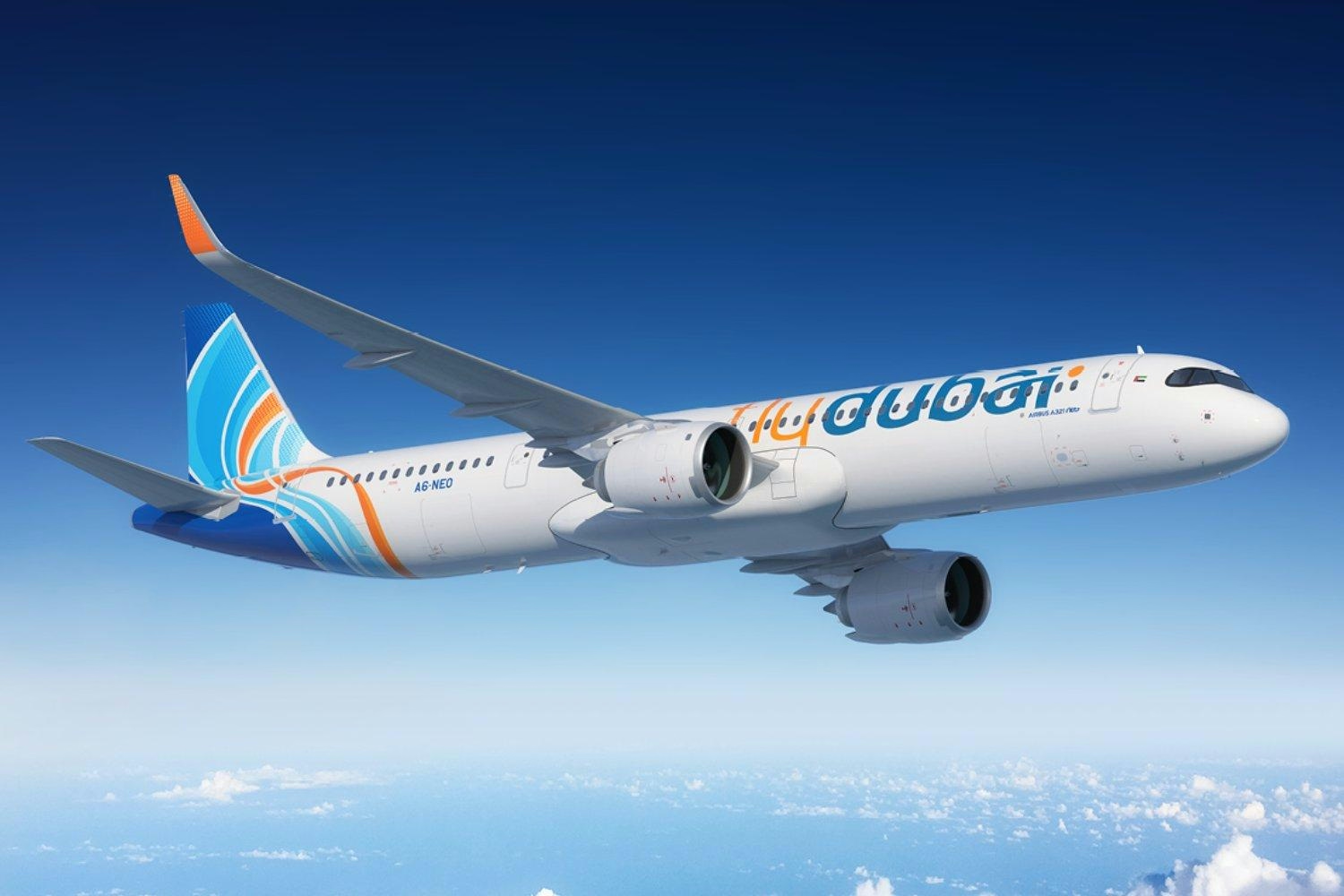
flydubai signs MoU for up to 150 Airbus A321neo aircraft, ending Boeing exclusivity
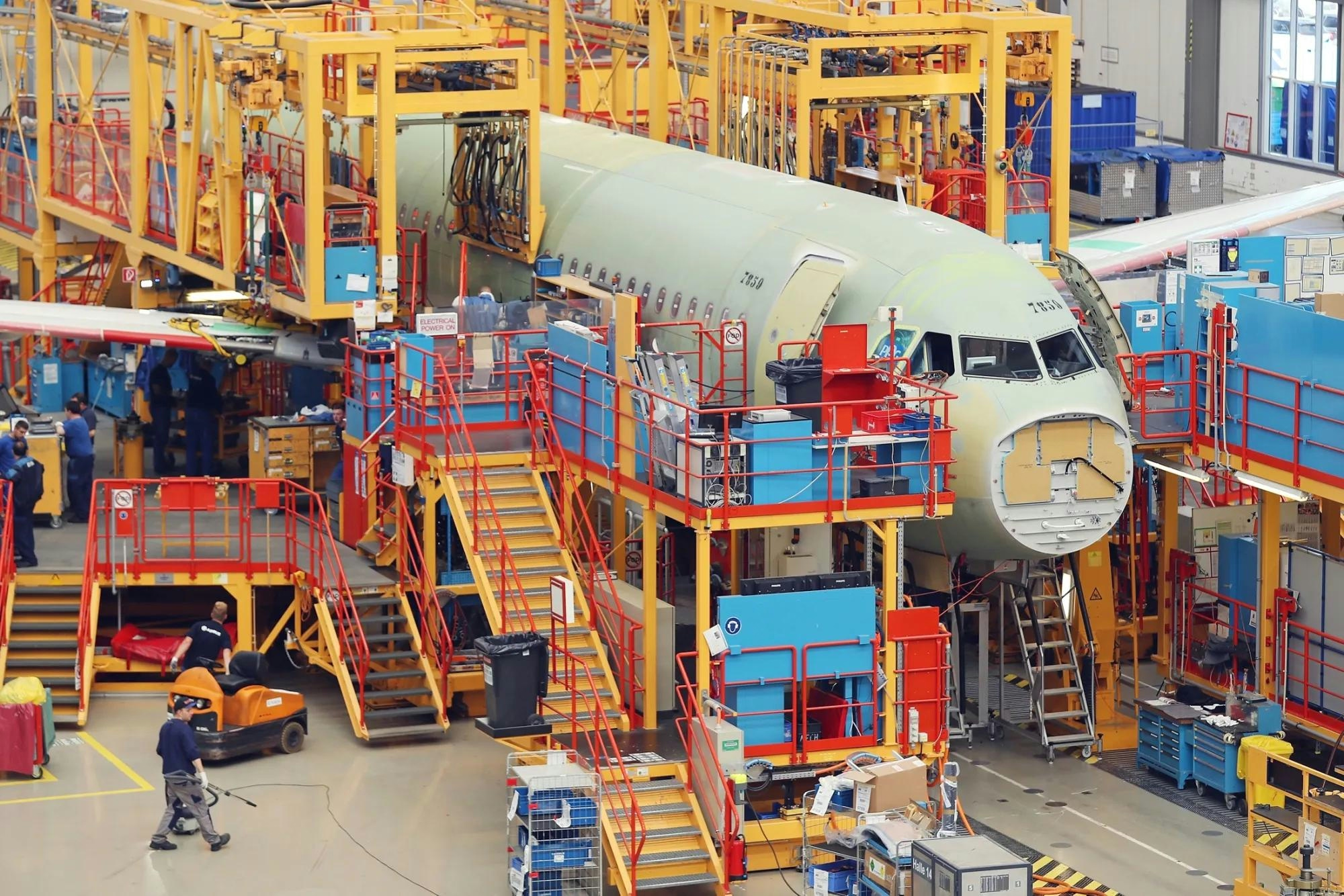
Airbus Secures New Orders from Etihad and flydubai at Dubai Airshow 2025

Flydubai Orders 150 Airbus A321neo Jets, Ending Boeing-Only Fleet

AMMROC and Lockheed Martin Sign Letter of Intent to Enhance MRO Cooperation and Regional Support

Emirates kicks off race between Airbus and Boeing for bigger jets
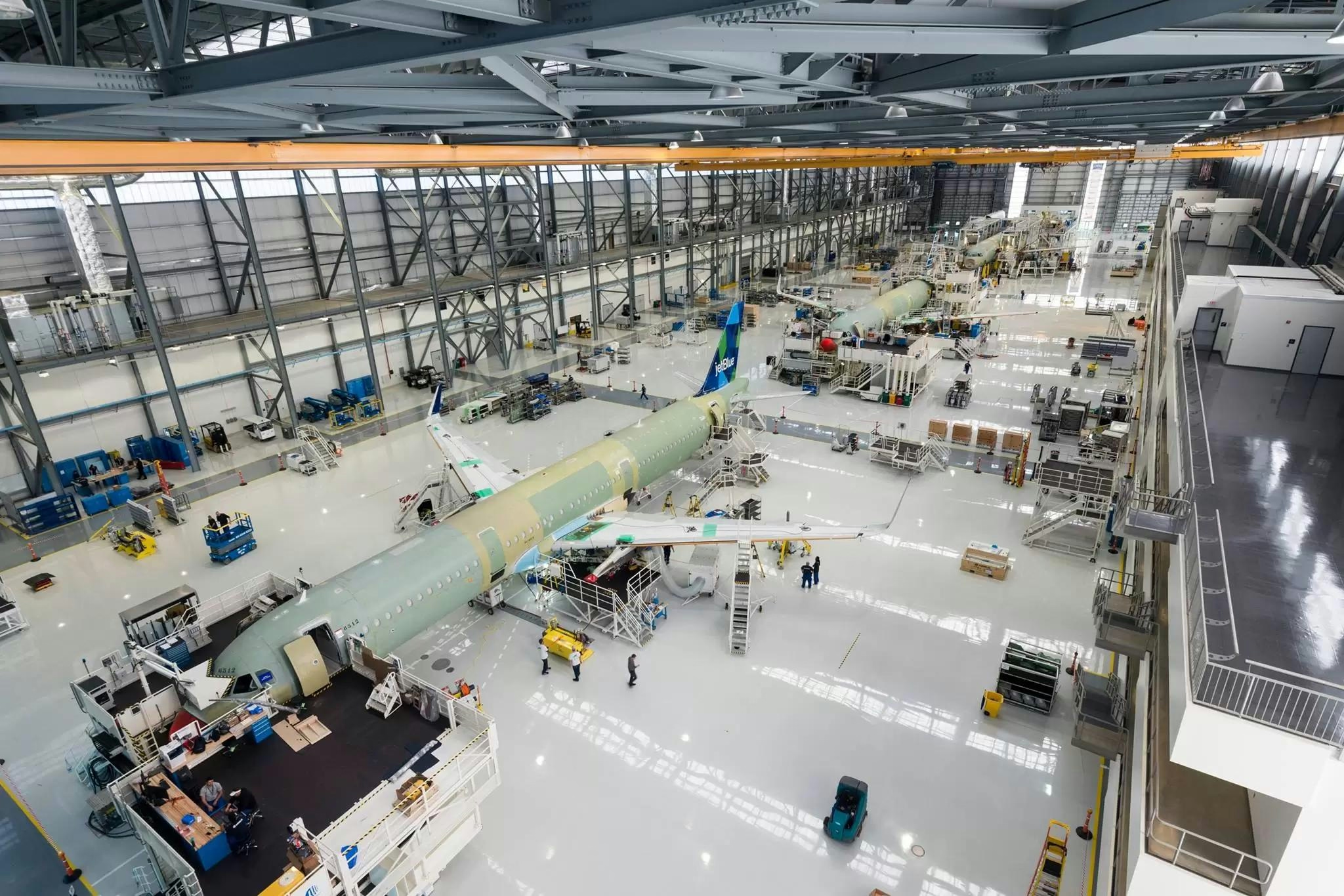
Inside Airbus’s Global Defense and Aviation Technology Hub
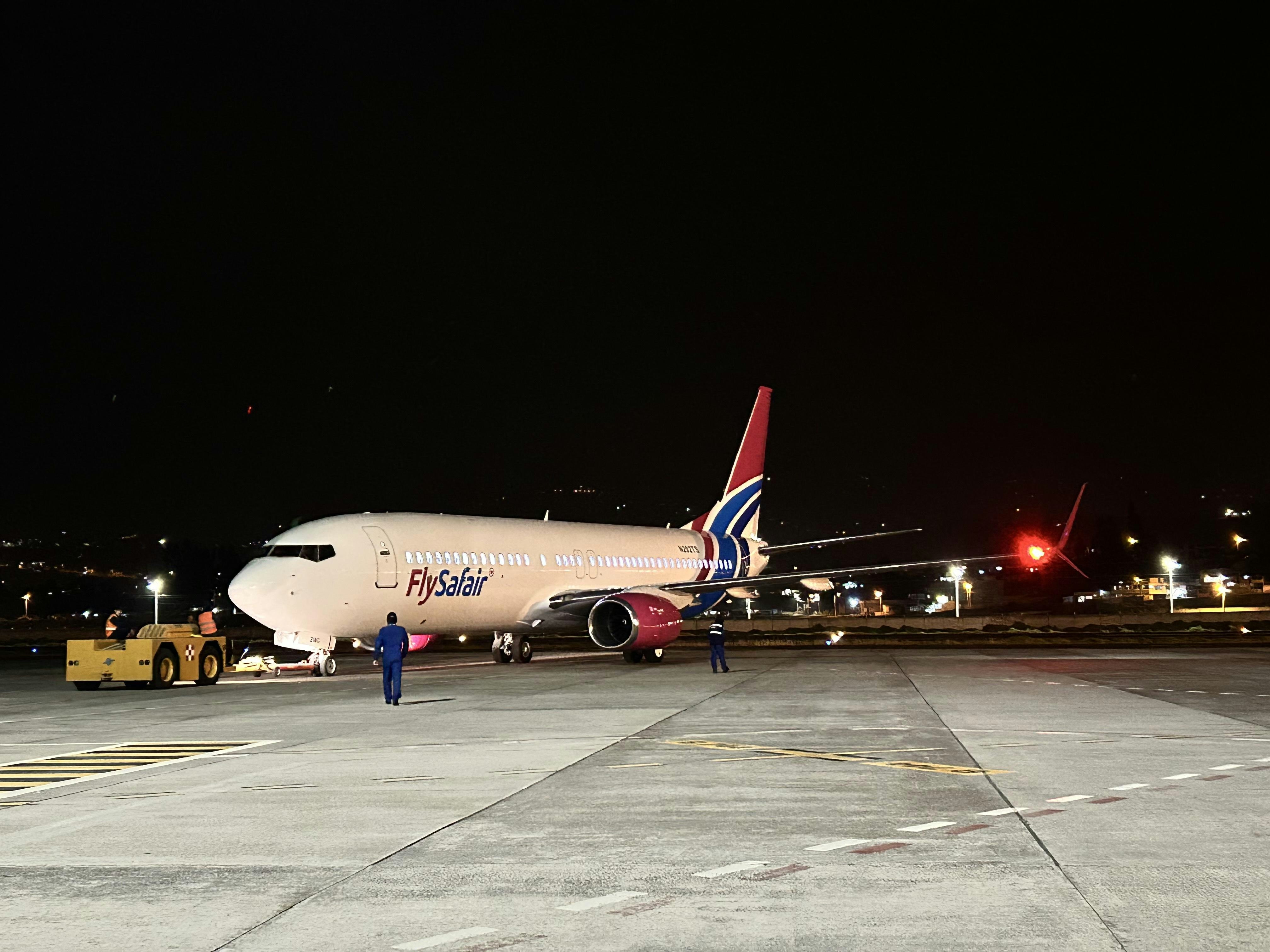
AerCap Leases Boeing 737 MAX and 737NG Aircraft to FlySafair
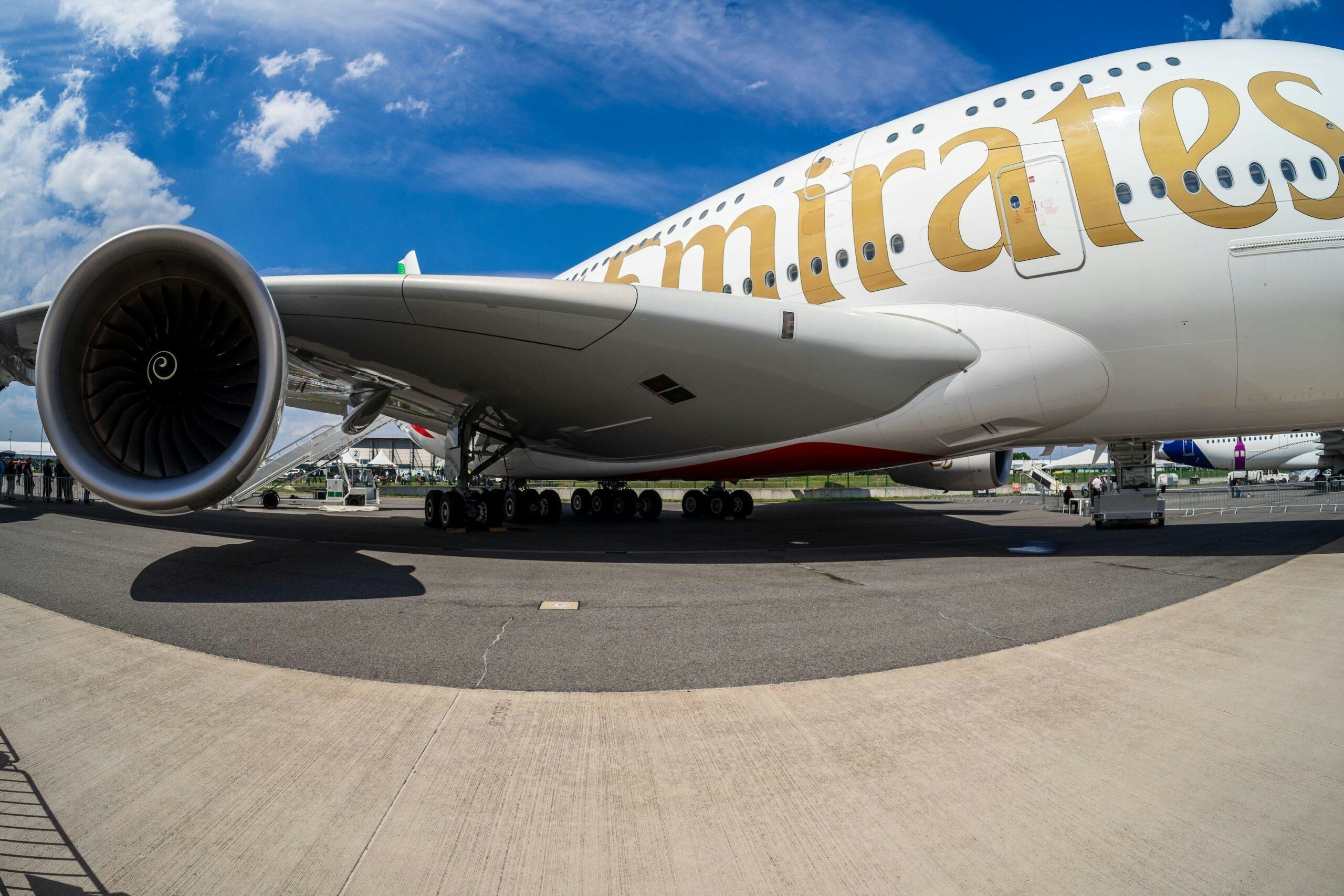
Abu Dhabi's Sanad sees opportunity in global aircraft engine crunch
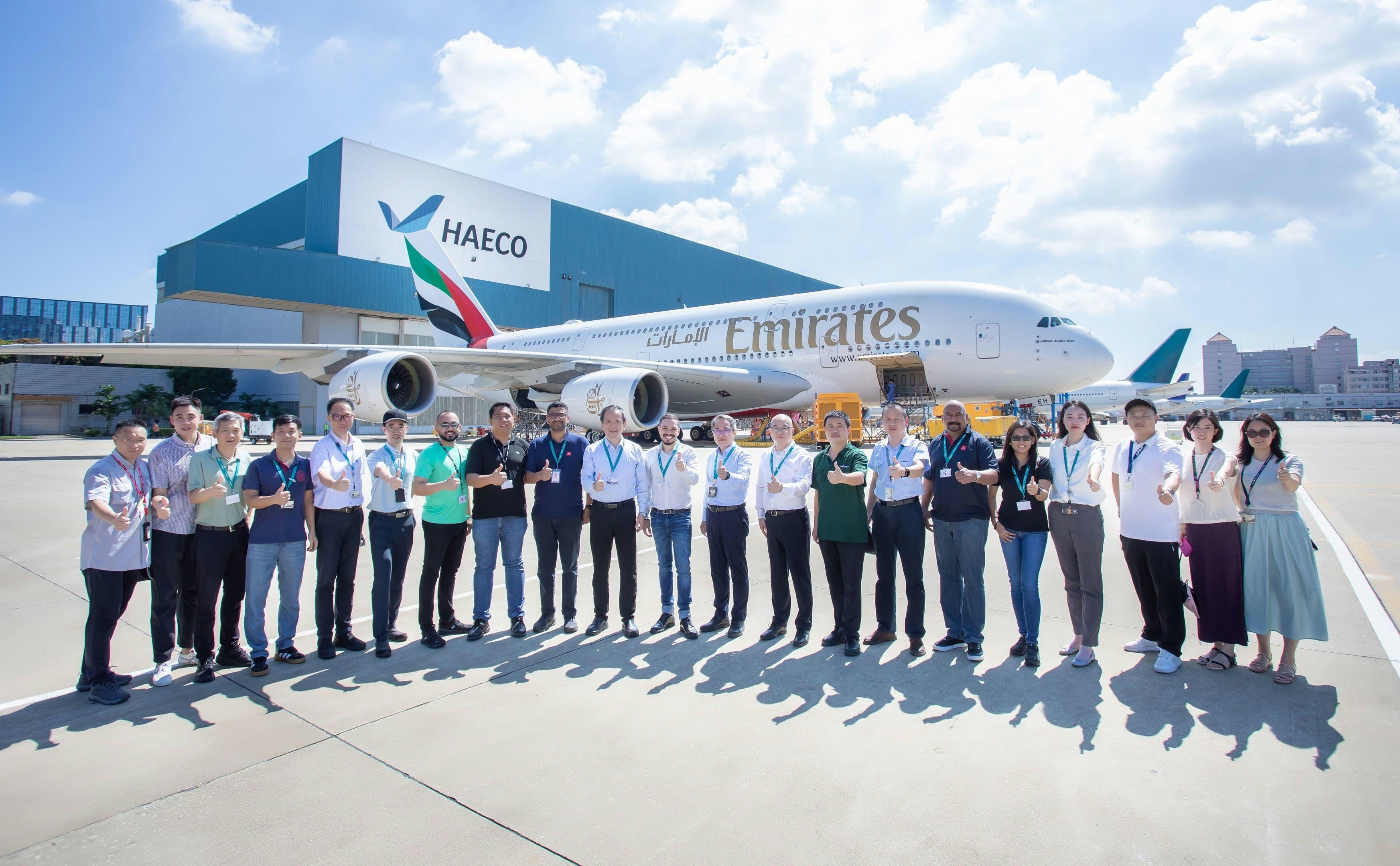
Collins Aerospace and Emirates Extend A380 Landing Gear Maintenance Agreement
